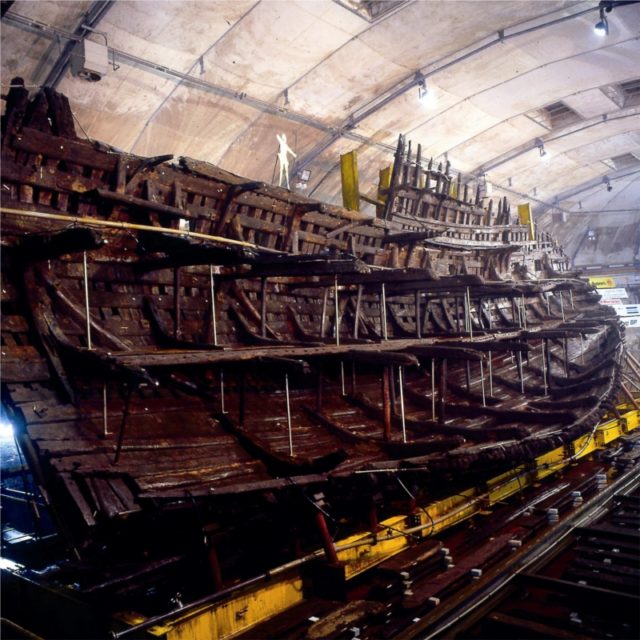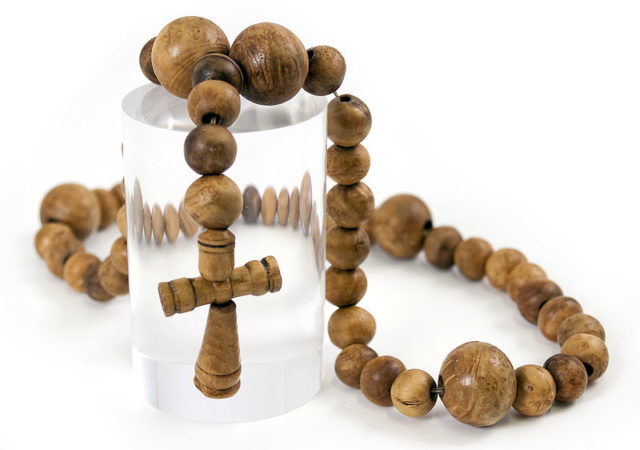3D scans of objects from the wreck of the Mary Rose, including the skulls of its crew, are being exhibited online for the first time. The scans were made by researchers from Swansea University with the goal of finding out more about the lives of the ship’s crew.
Richard Johnston, an engineer for Swansea University, said that the project would be a measure of the value of digital archaeology. More and more museums around the world are digitizing their collections, and this project will test how valid the technique is for genuine archaeological study.

The models are all featured on the website http://www.virtualtudors.org, which recently went live. The website offers an interactive view of the skull of one of the ship’s carpenters, along with an assortment of his everyday possessions. A separate section of the site, open only to specialists, will make 9 other skulls available for research purposes. These specialists will be asked a questionnaire following their assessment of the skulls, and the data will be compared to analyze how accurate their findings were compared to studies done on the real skulls.
In an interview with the BBC, a member of the team running the projects said, “Do you really need to hold the skull, or can you tell a lot from the digital one? There’s the potential to speed up science dramatically – but this needs to happen first.”

This 3D modeling technology has the potential to make artifacts available to study for multiple teams from around the world, working simultaneously with one-another. By increasing the dramatically increasing the pool of talent available to a study in this way, the team hopes that new discoveries will emerge. A Swansea-based bio-chemist who previously worked on the remains of archers from the Mary Rose said, “It might be that somebody in, I don’t know, Arizona, has a particular speciality and they say, ‘Do you realize that this person here has such-and-such a condition?’ It’d be very nice if that happened,”
Feel free to check out the website now!
